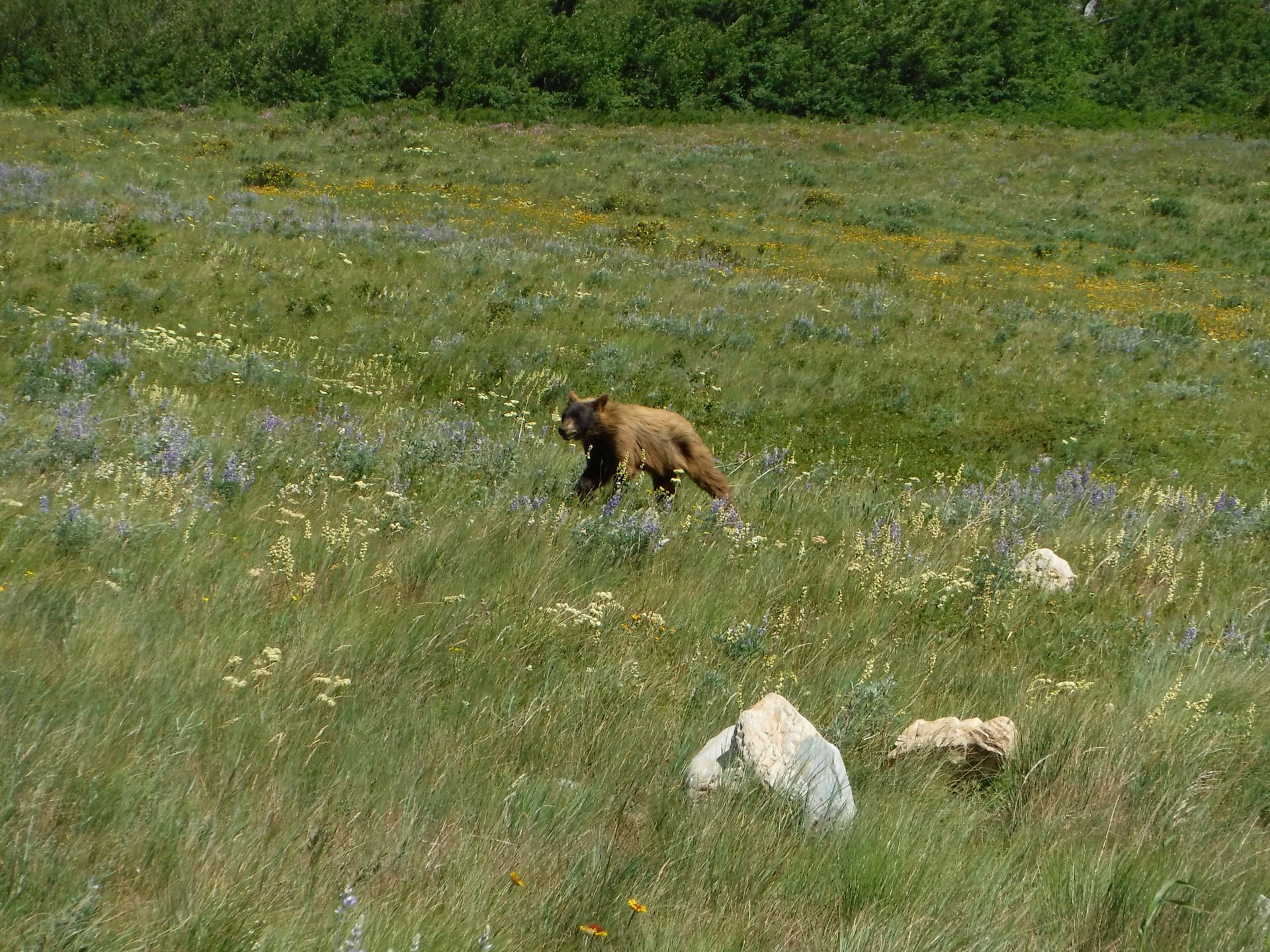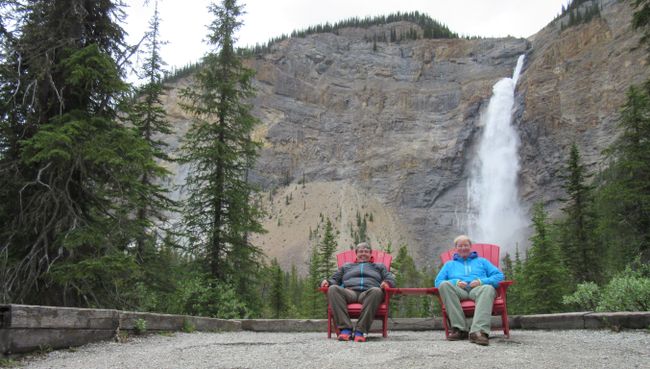On the go, on the go, on the go....
شائع شدہ: 23.03.2018
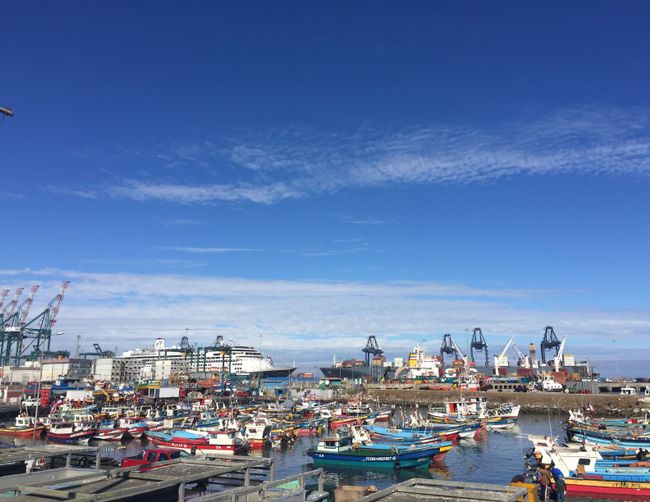
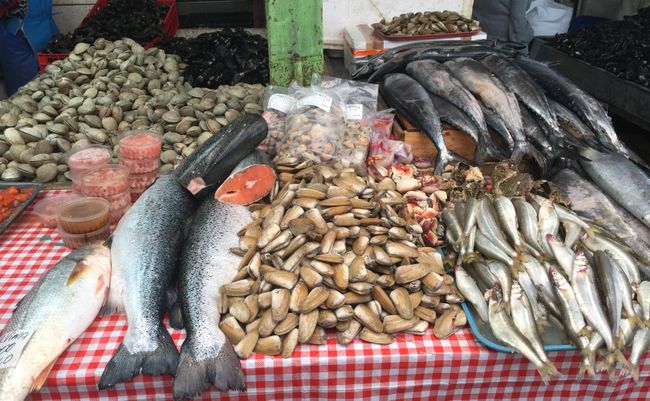
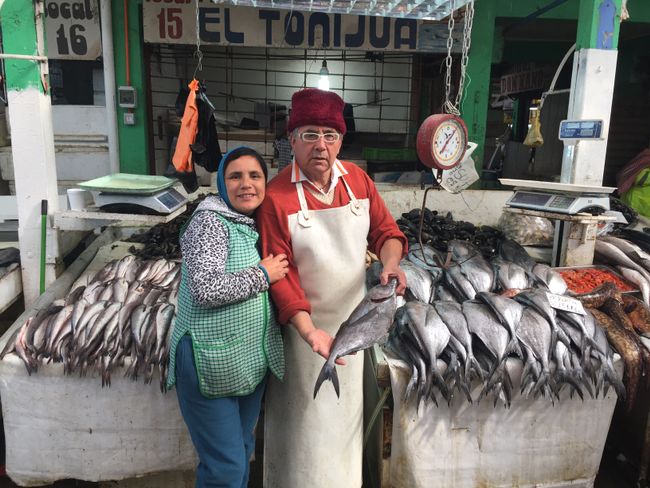
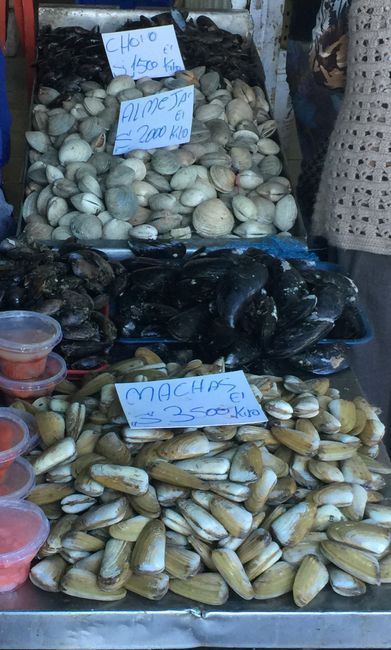
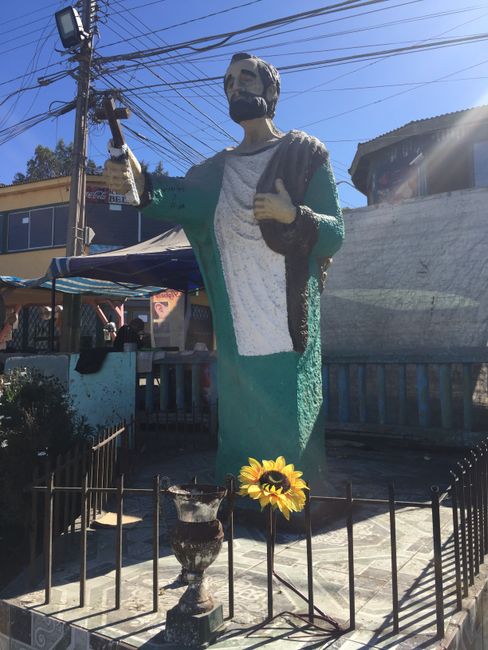
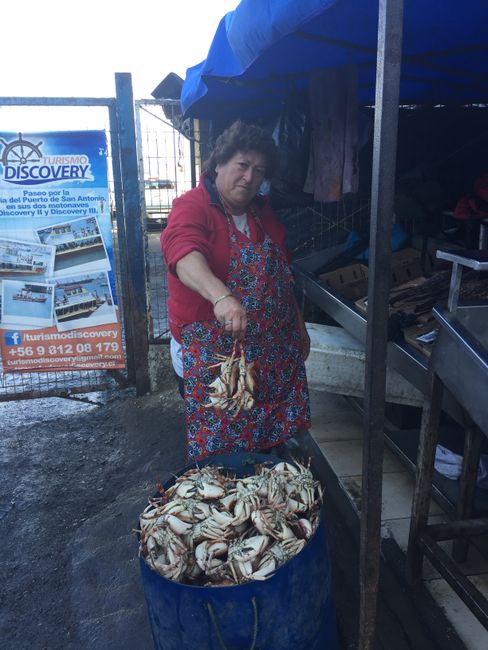
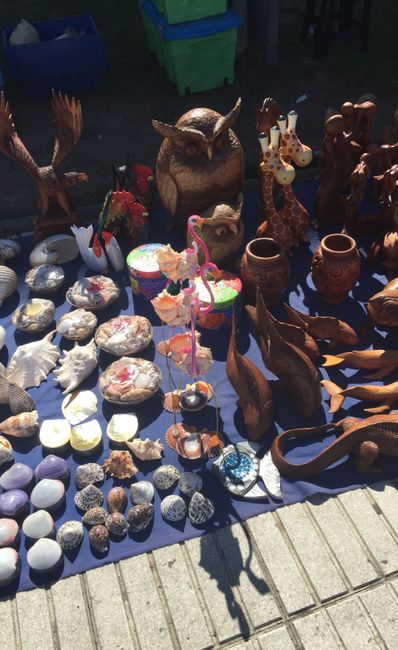
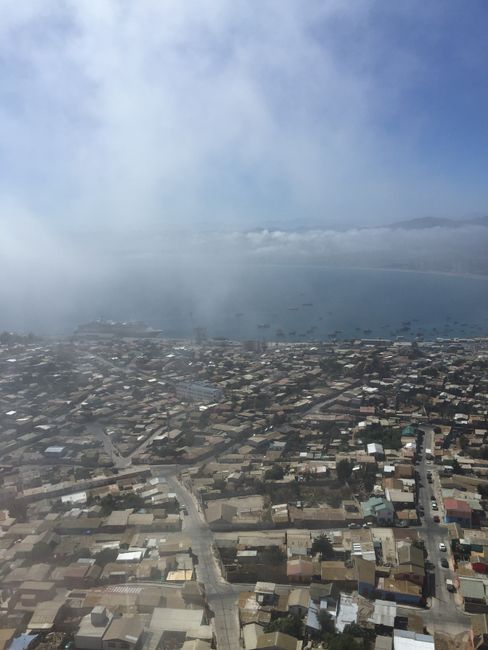
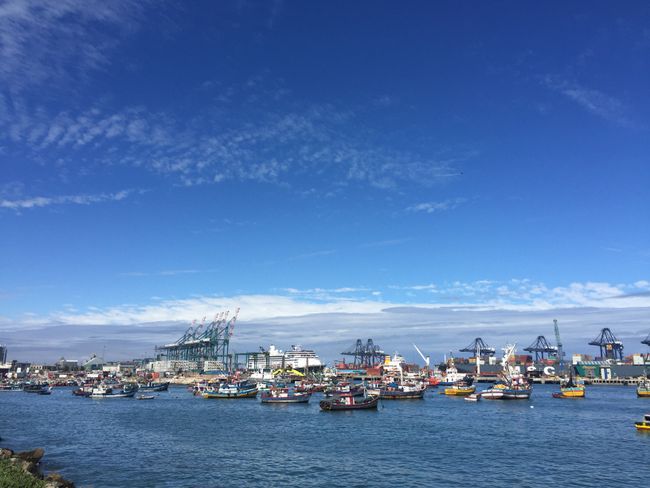
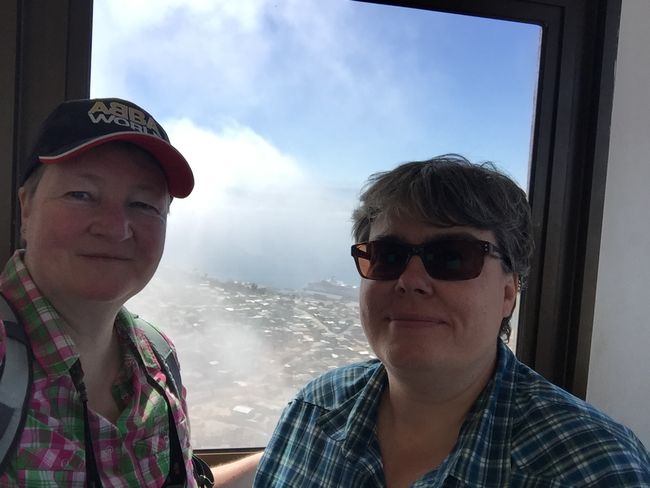
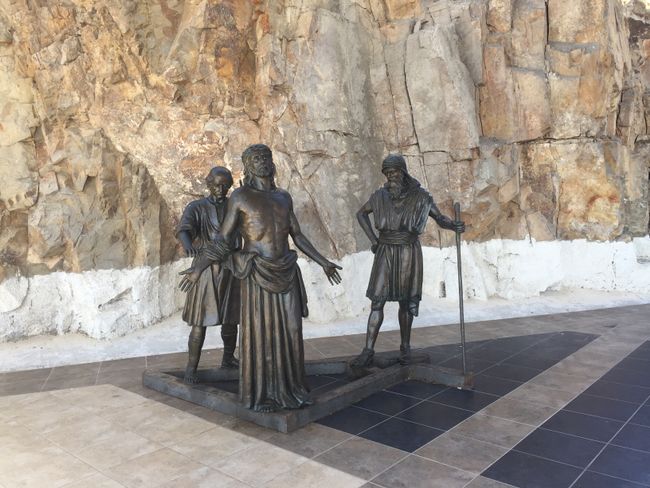
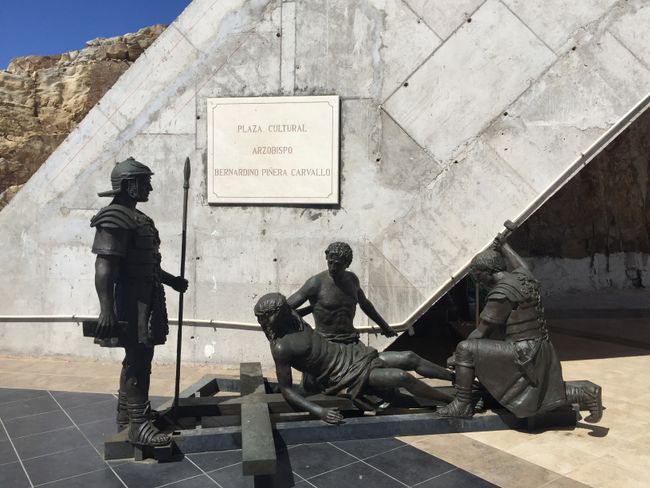
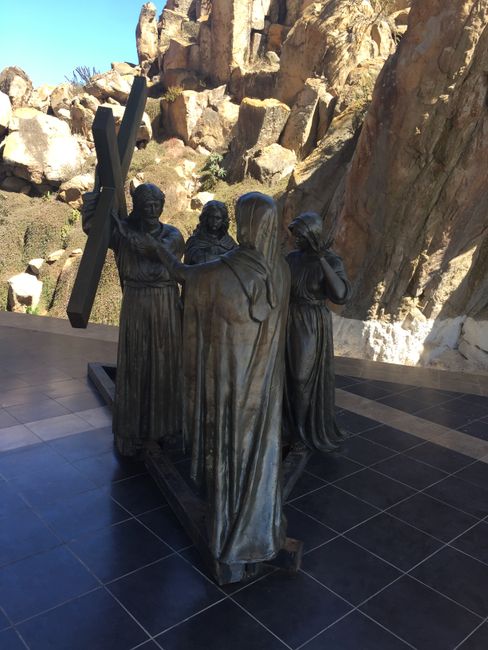
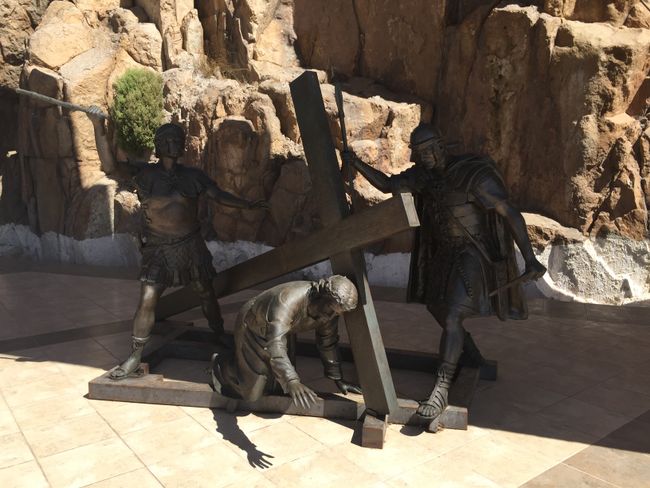
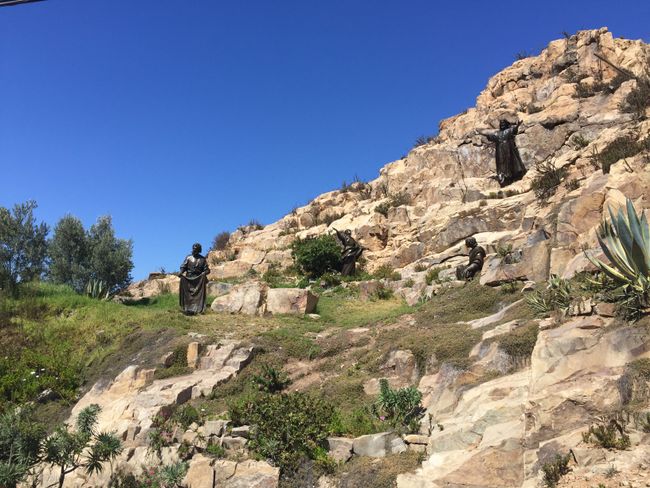
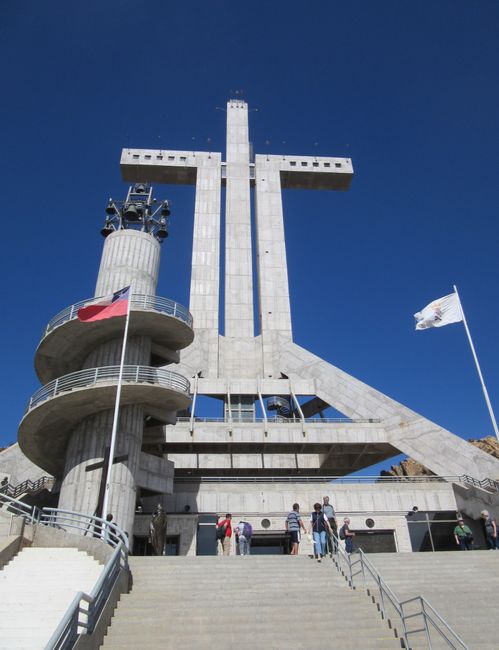
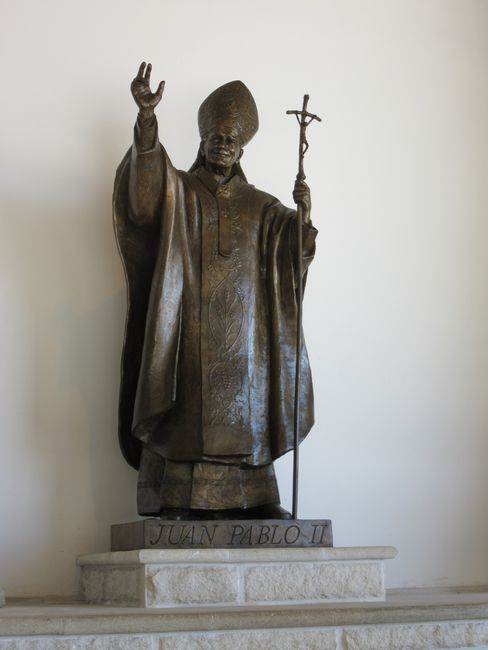
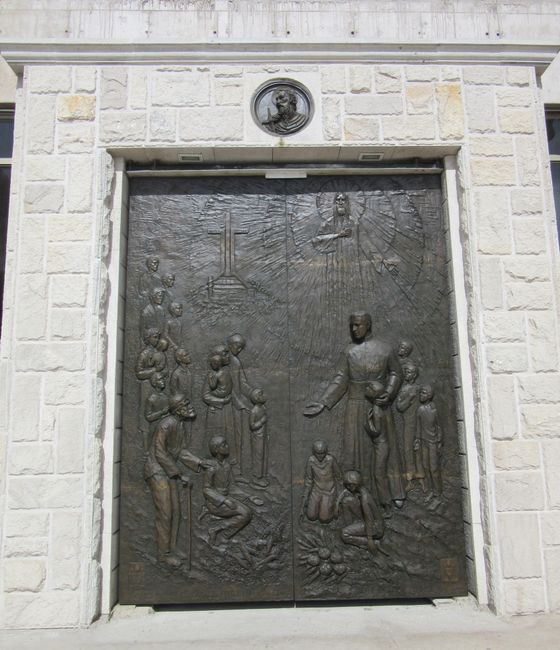

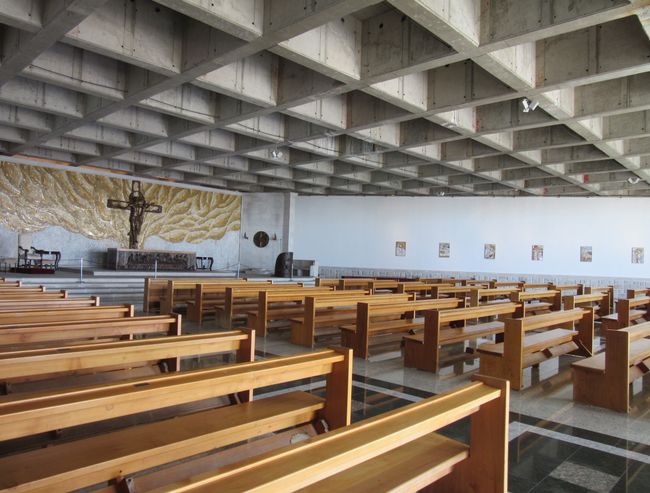
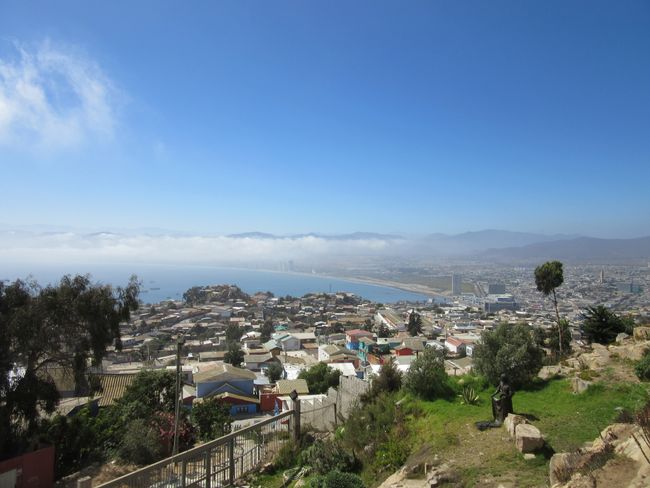
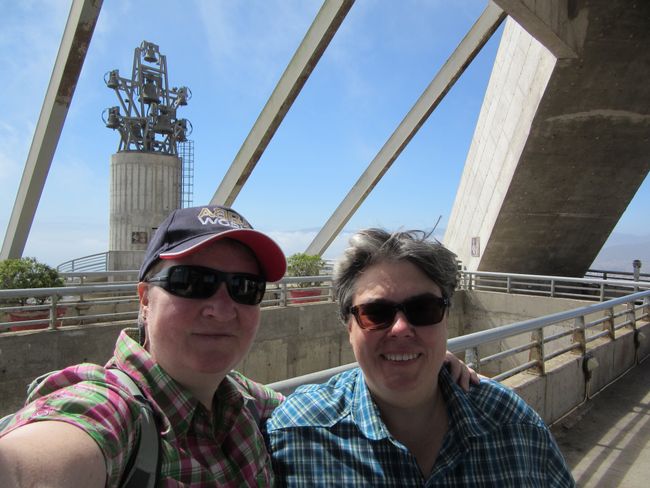
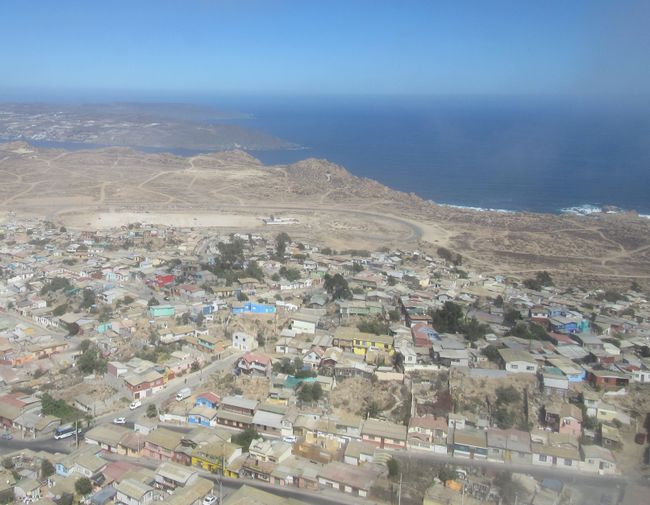
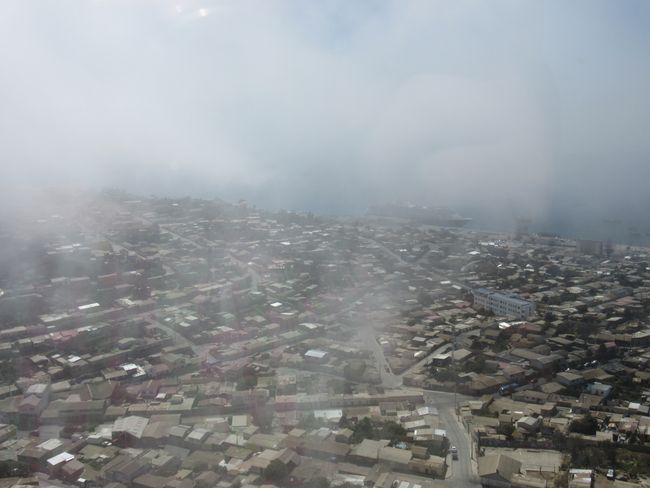
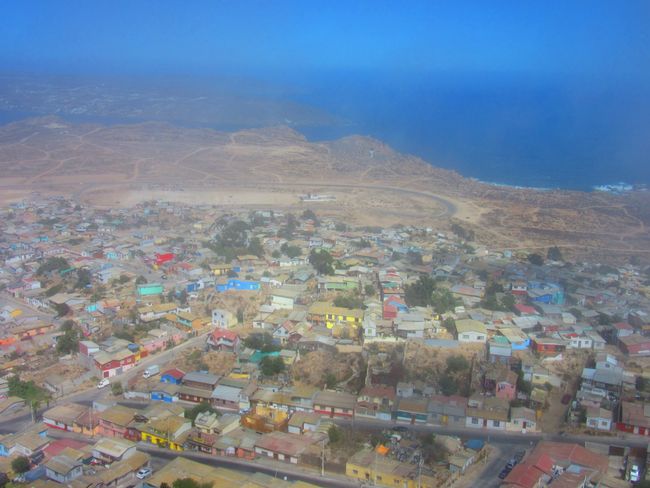
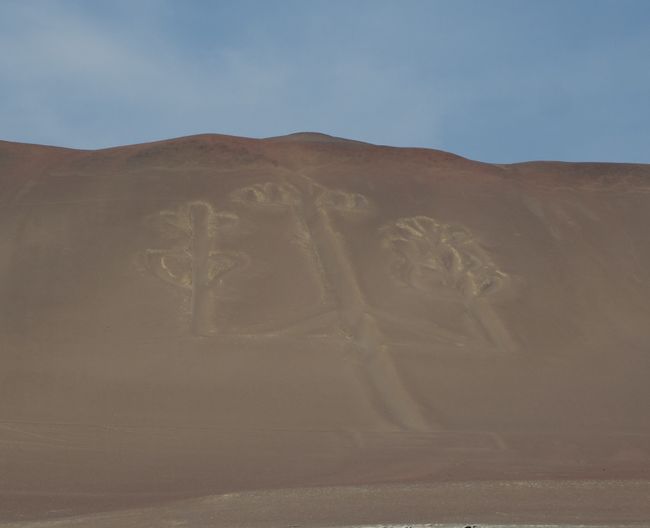
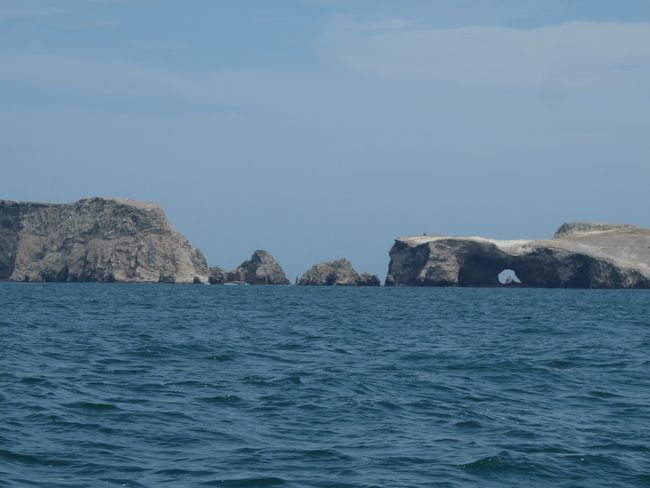
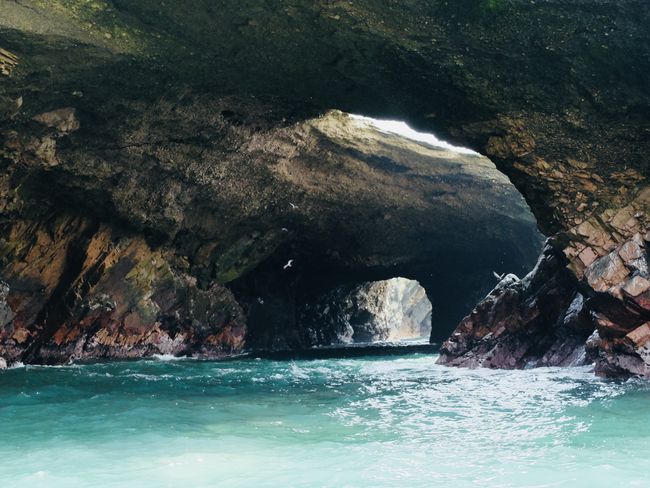
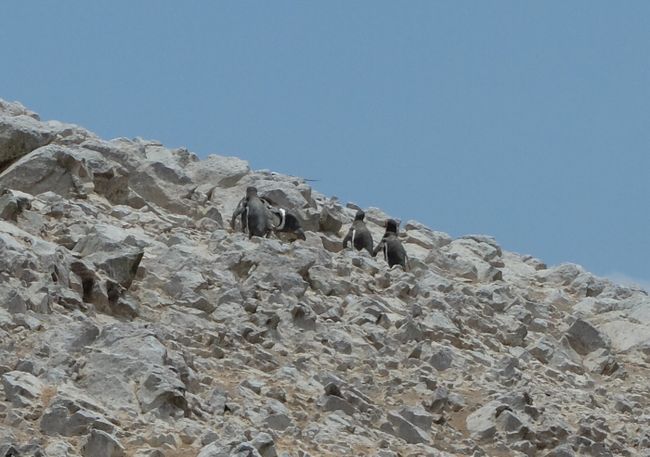
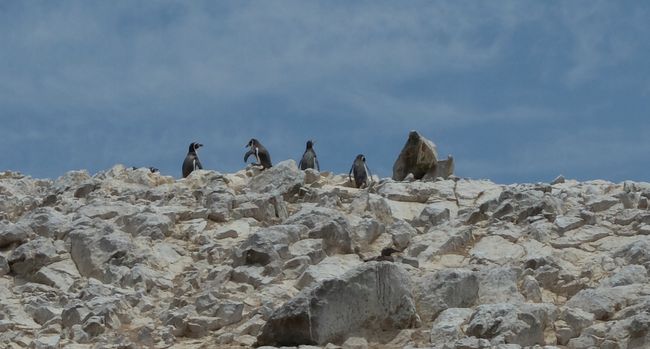
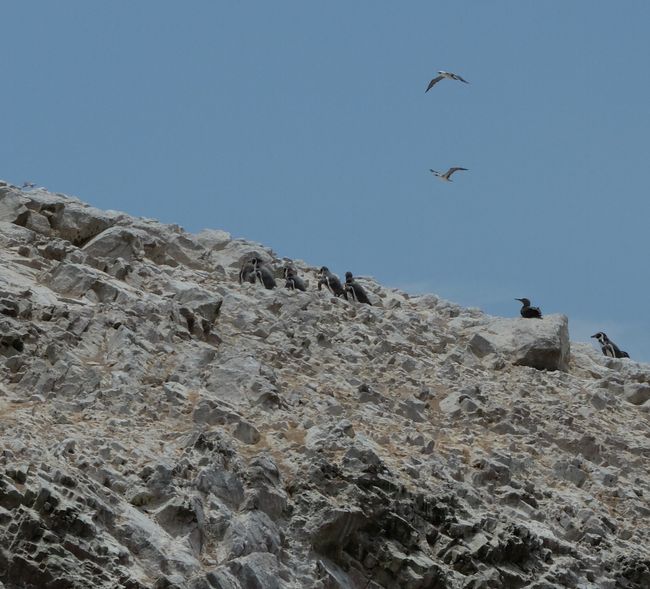
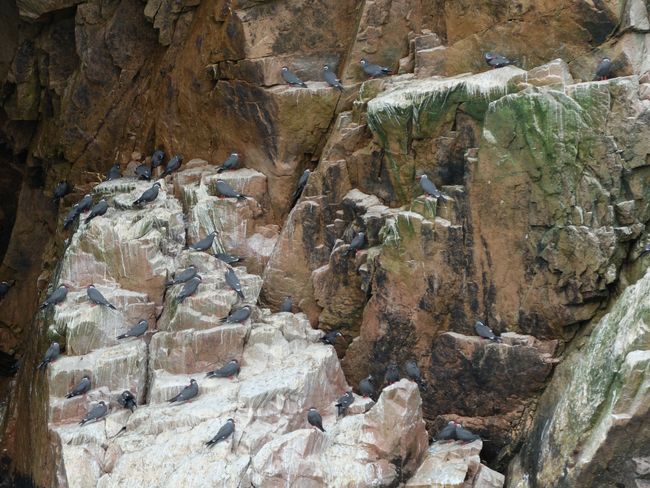
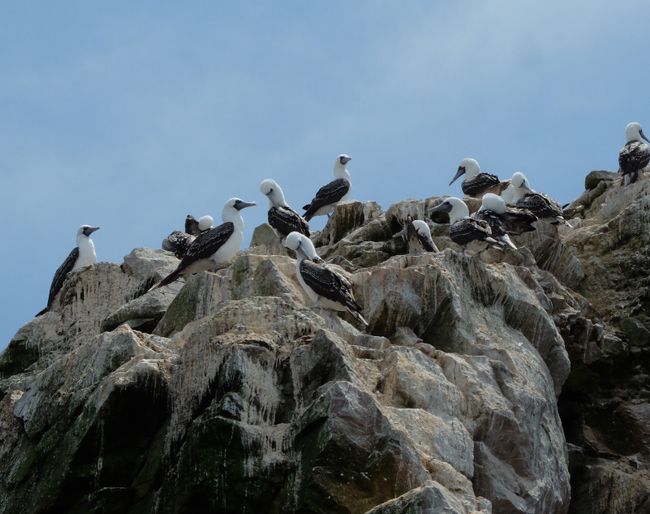
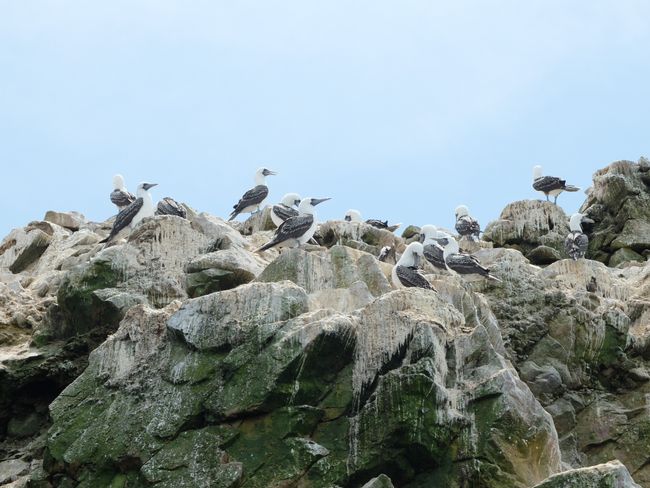
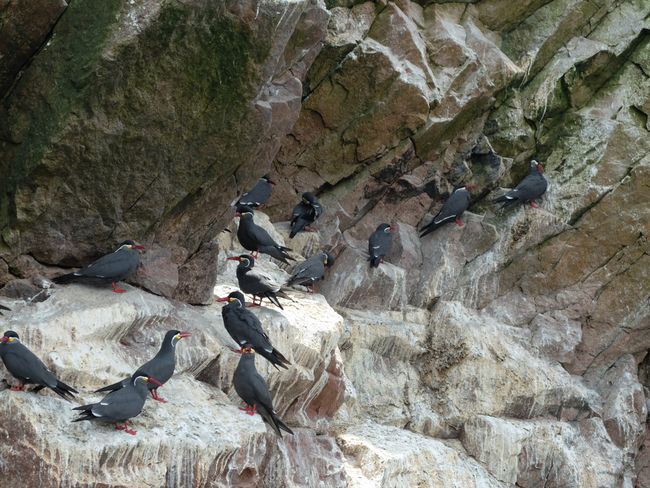
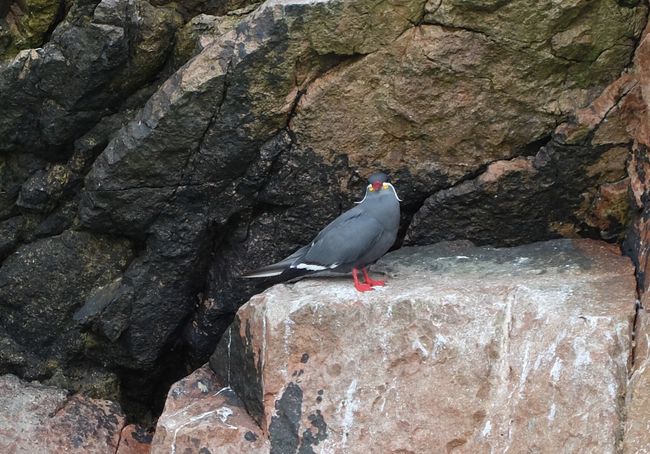
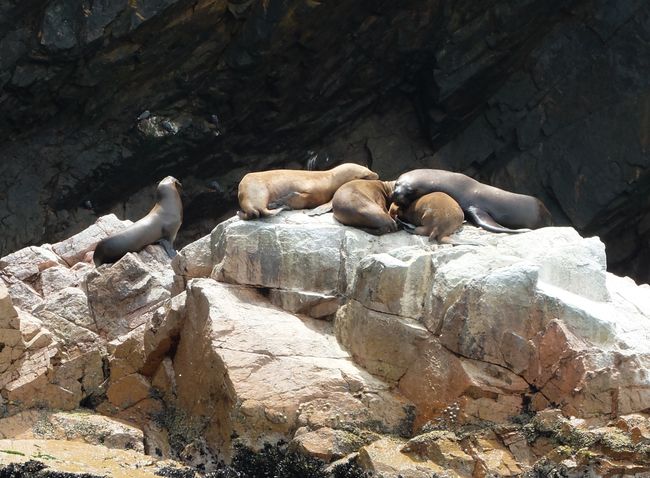
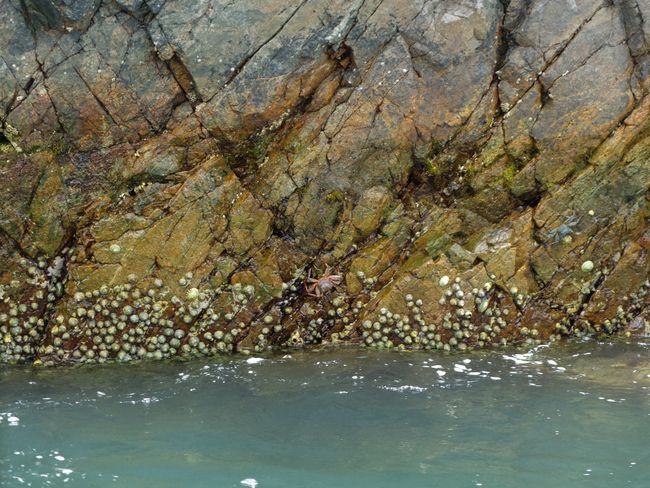
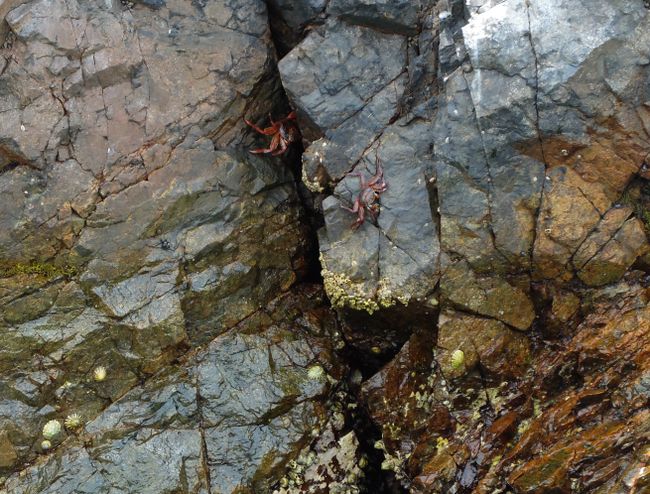
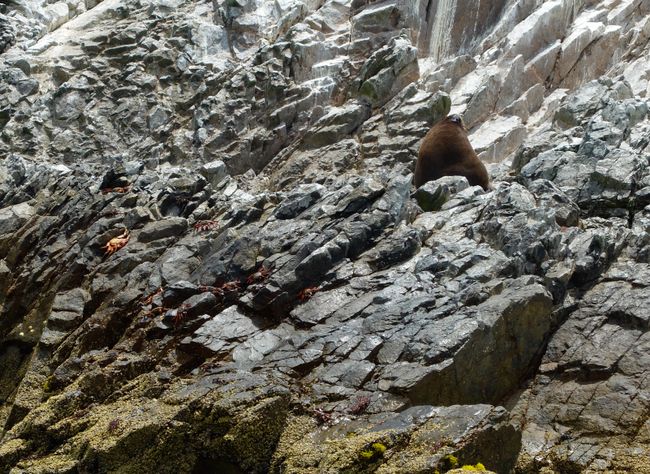
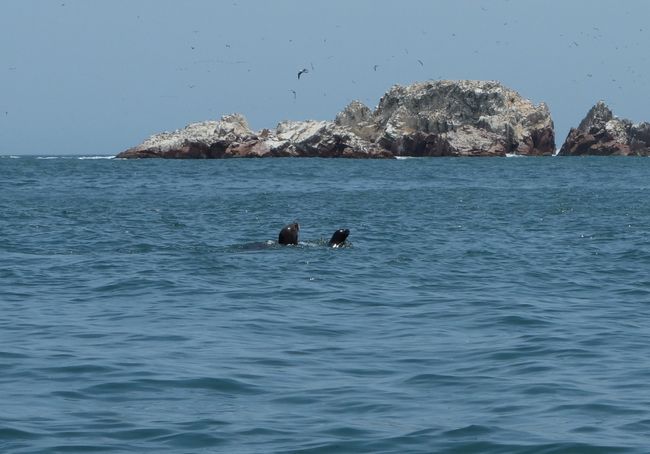
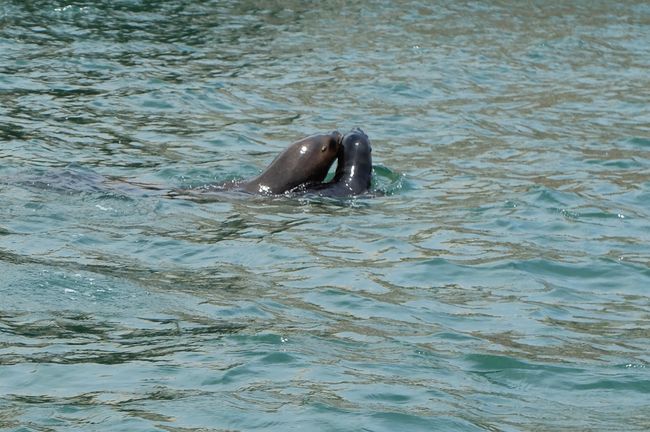
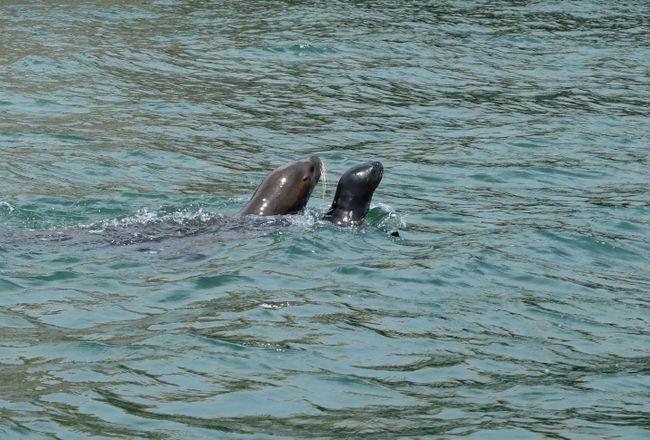
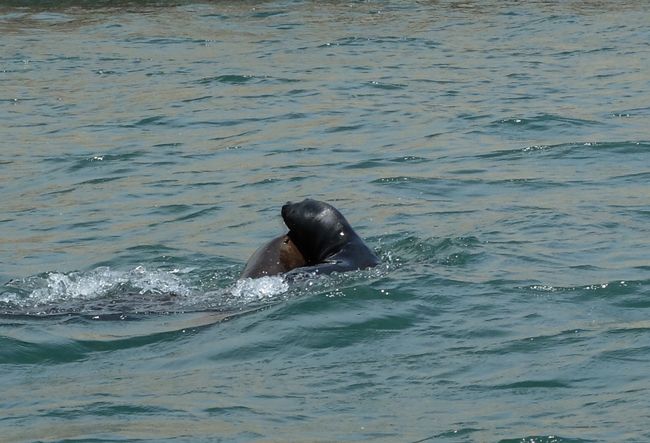
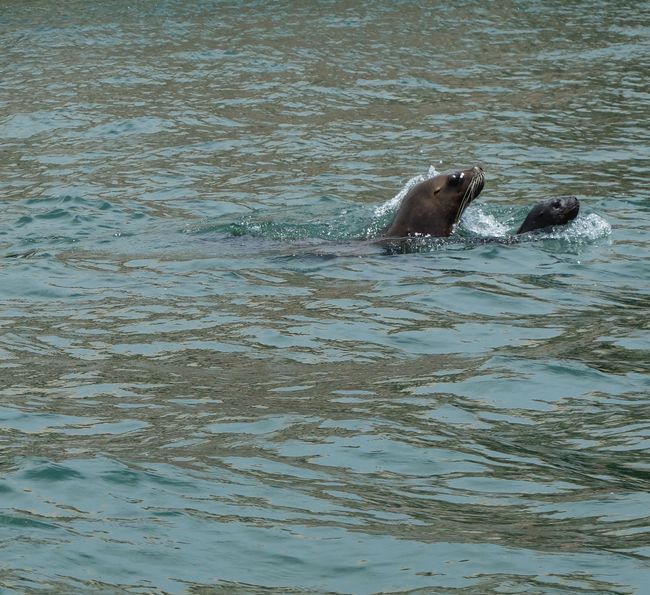
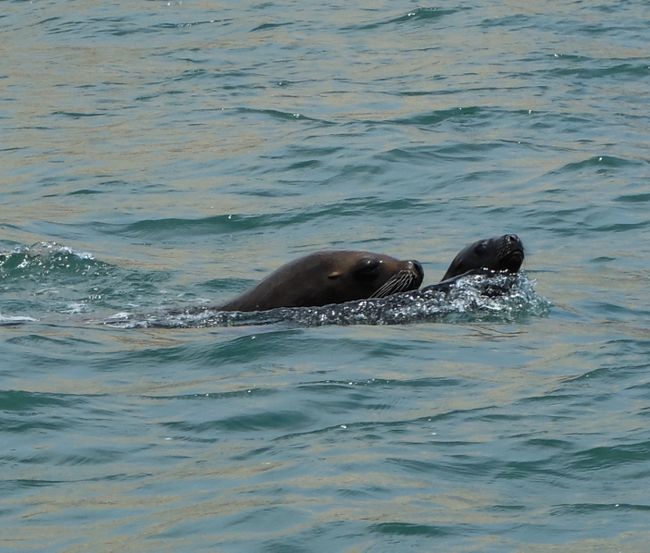
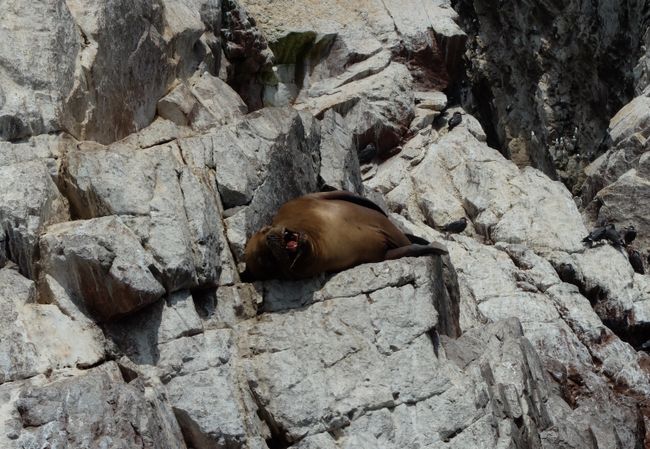
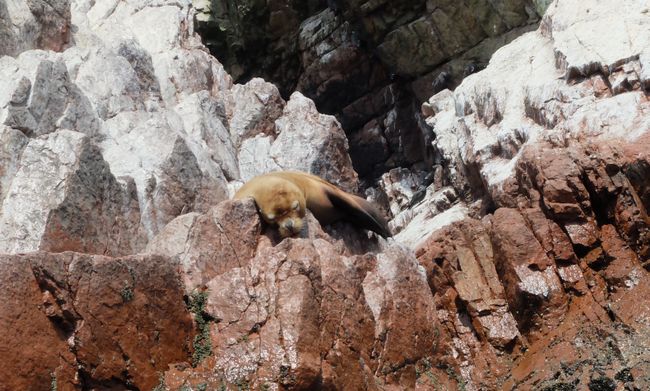
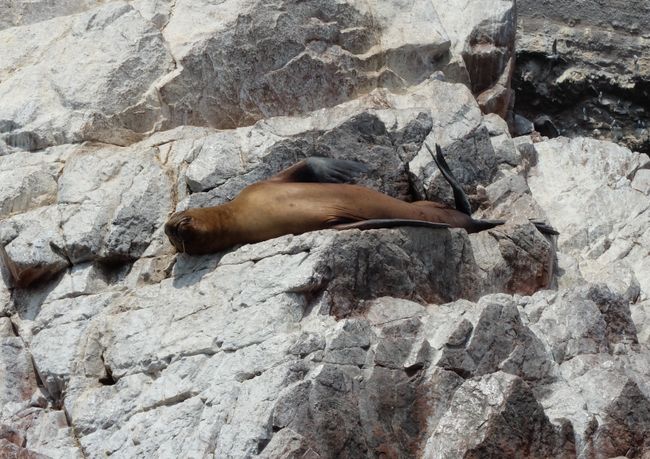
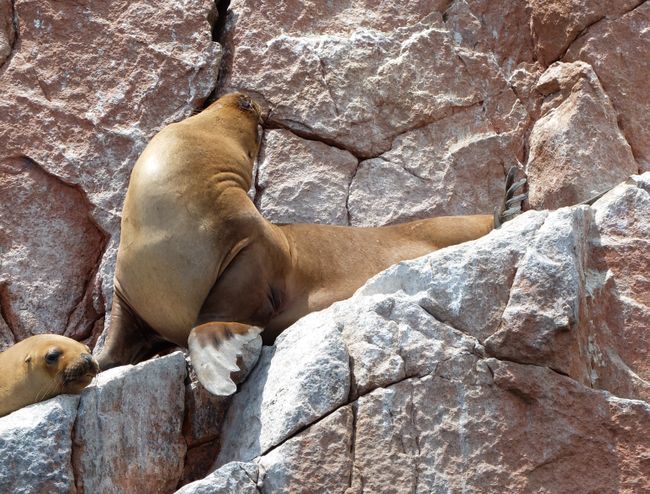
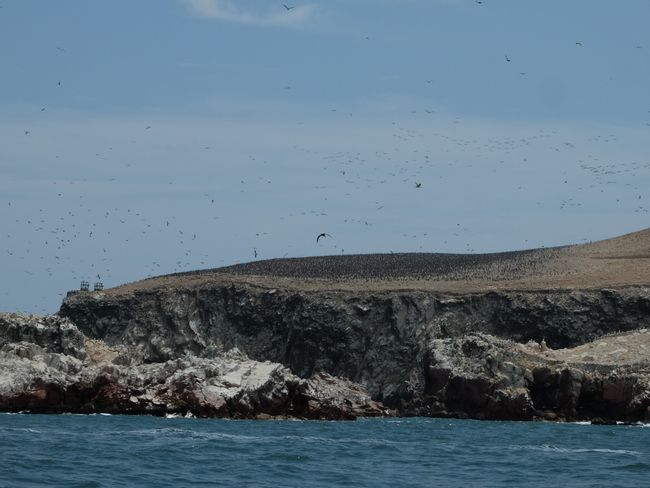
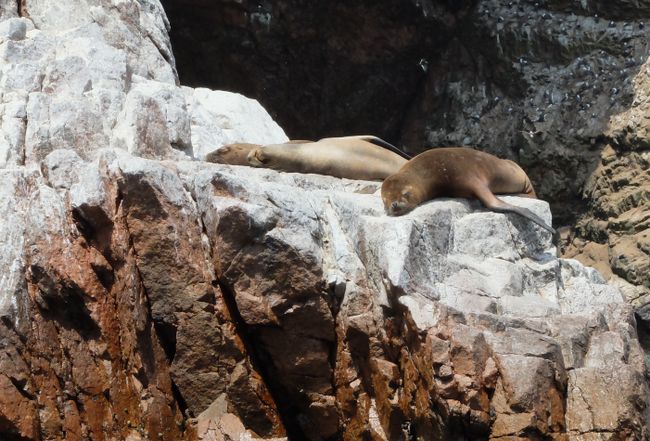
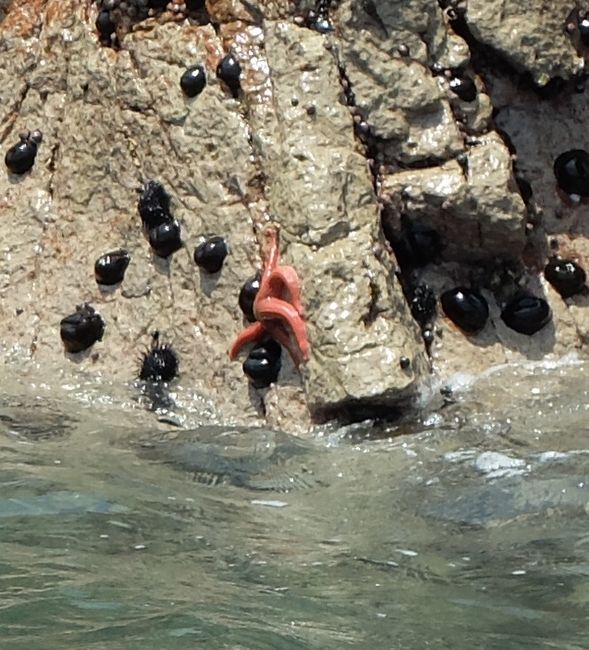
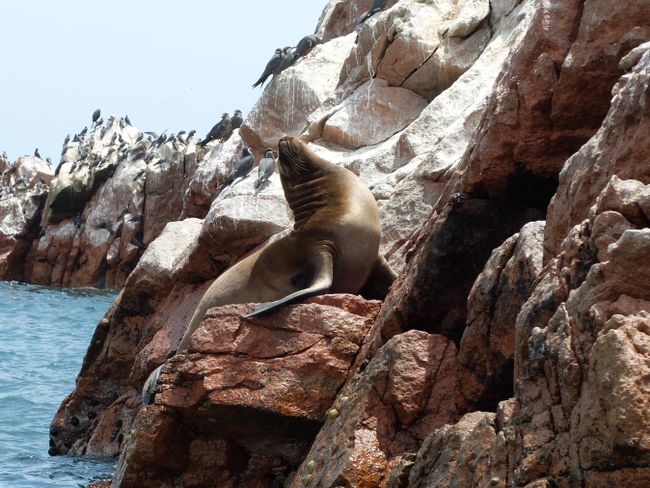
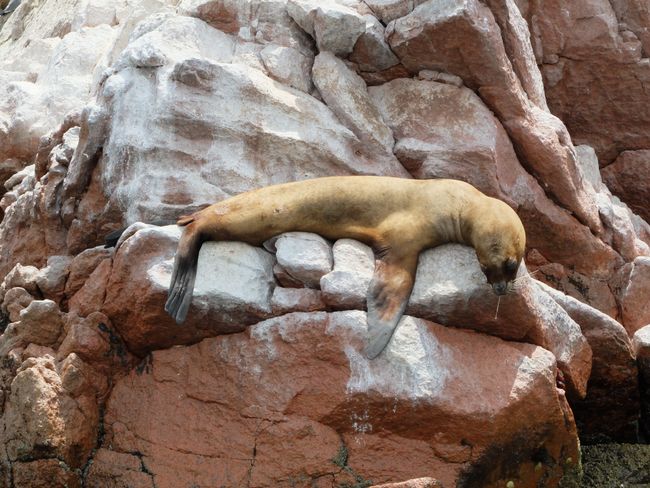
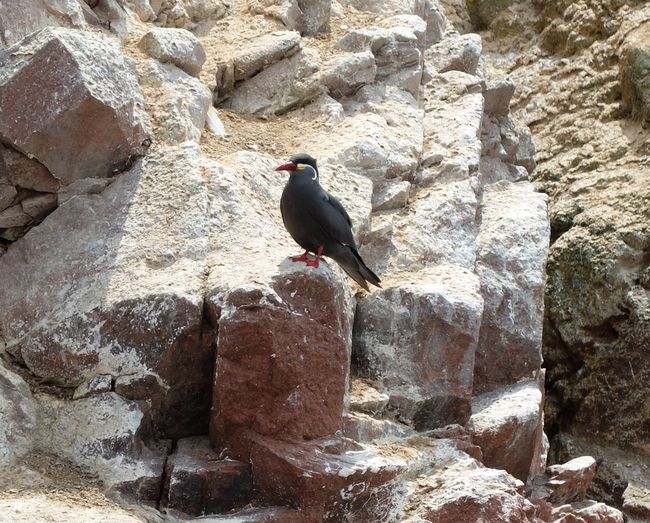
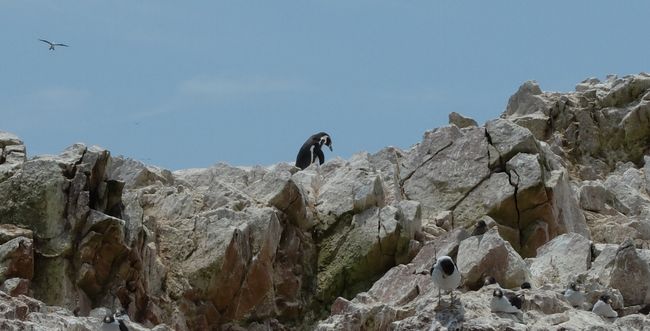

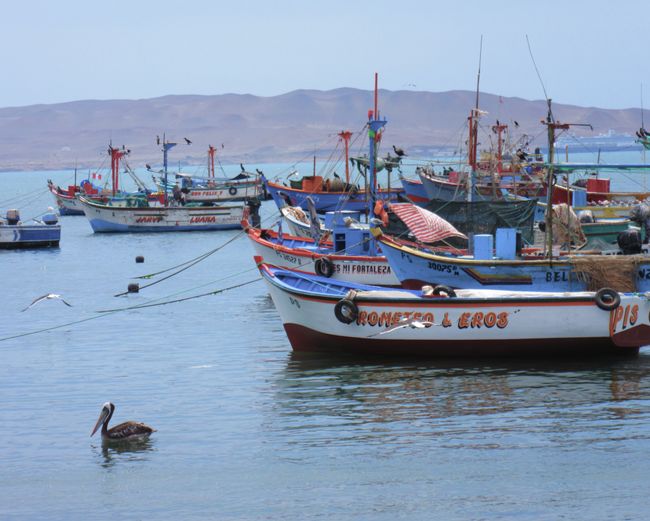
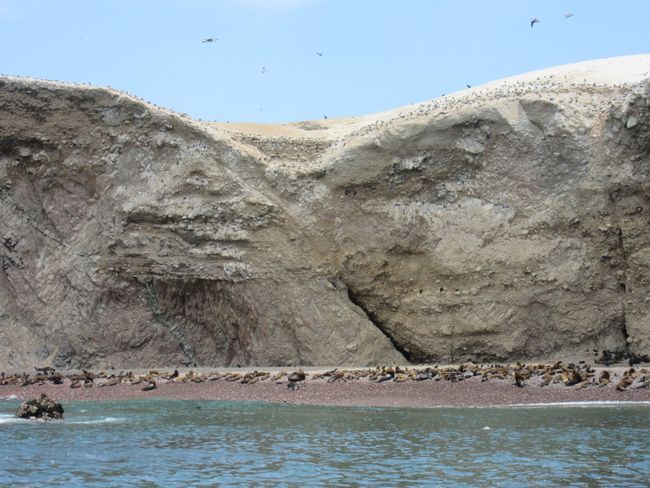
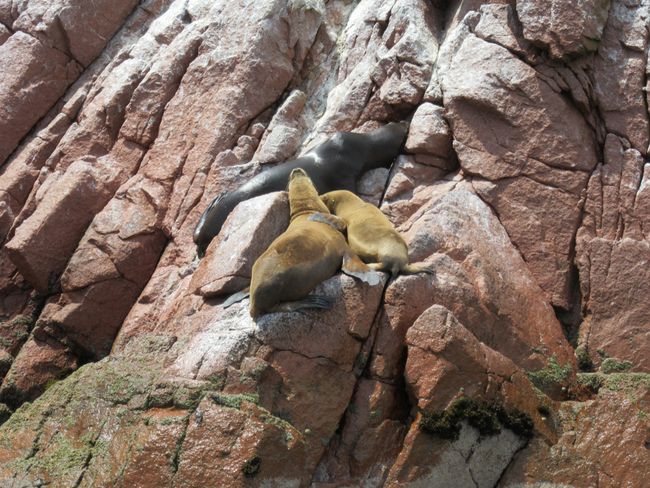
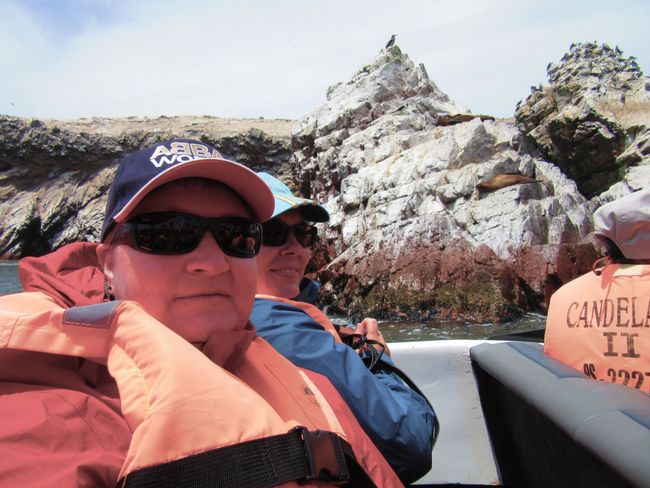
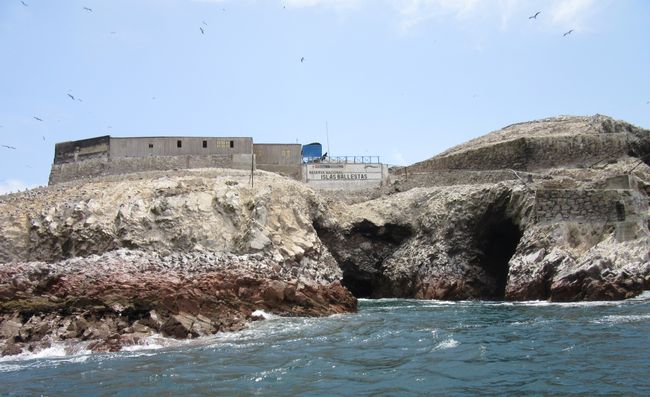
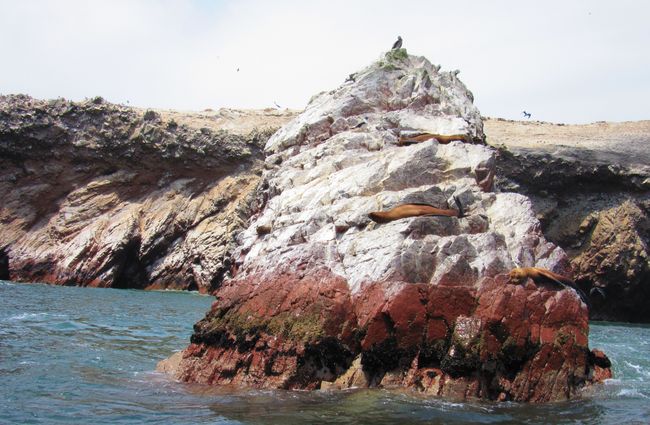
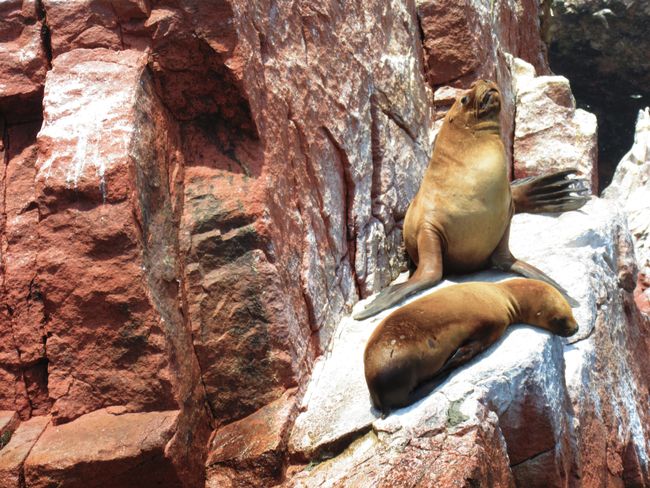
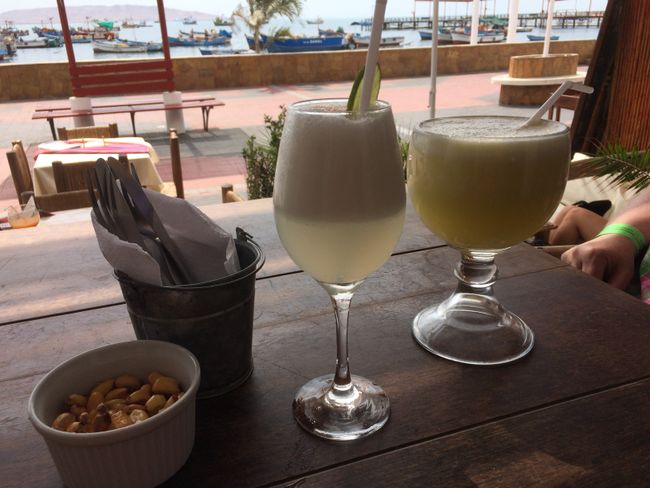
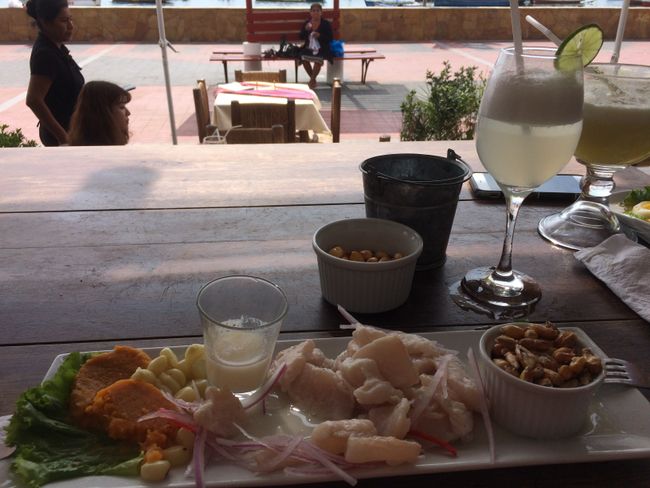
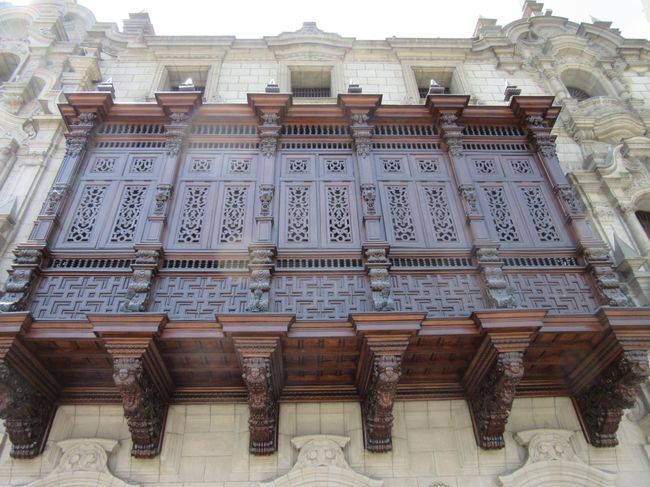
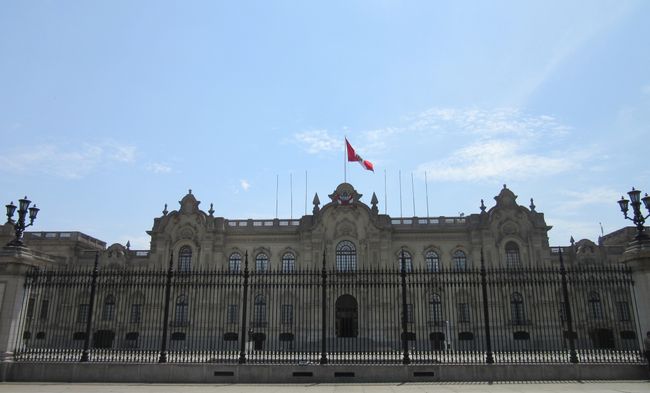
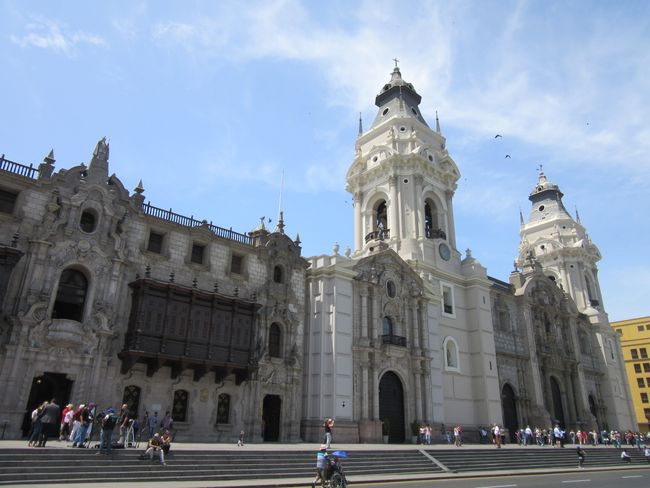
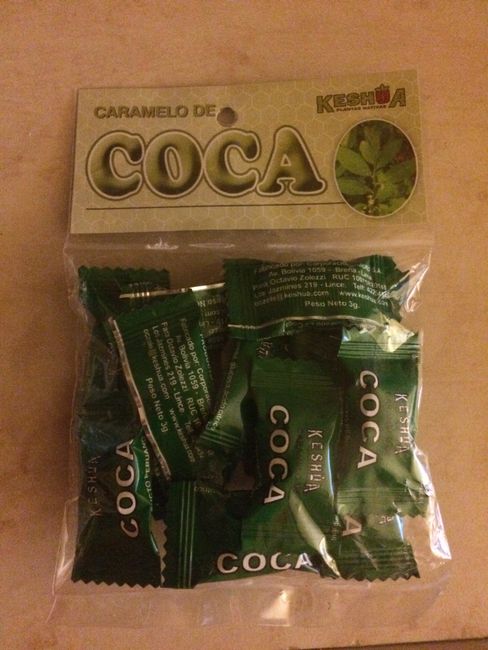
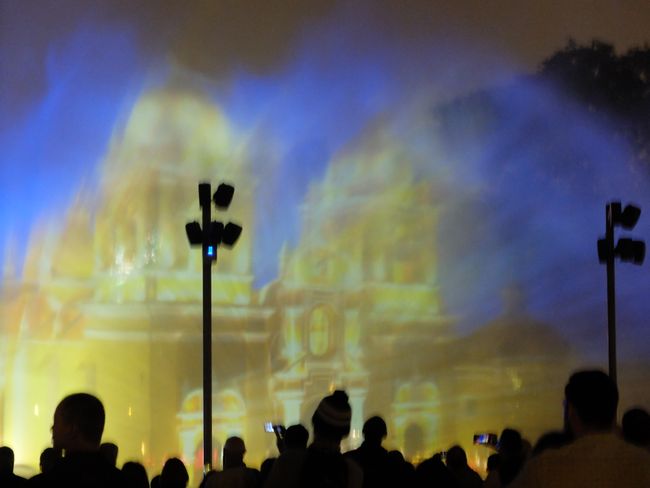
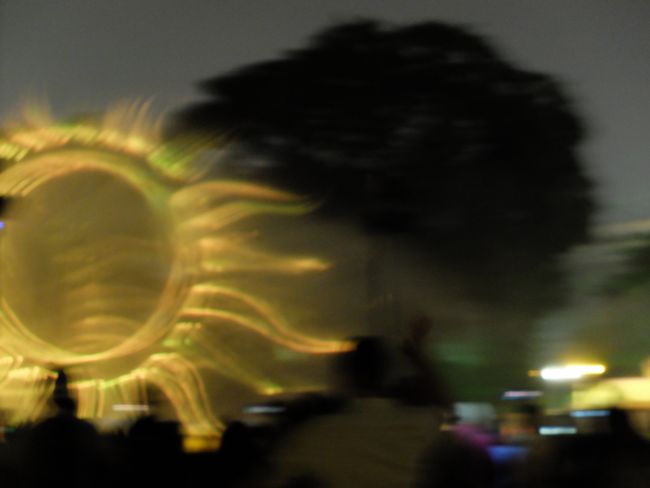
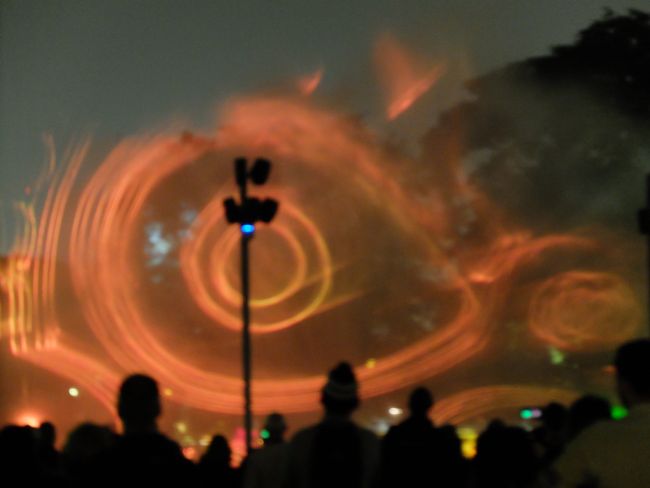
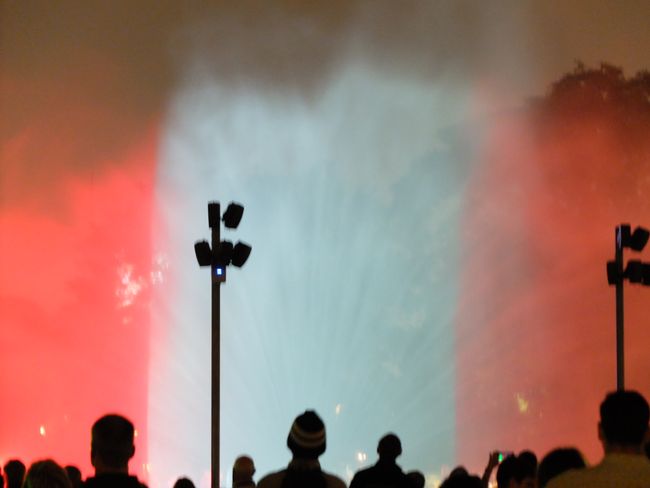
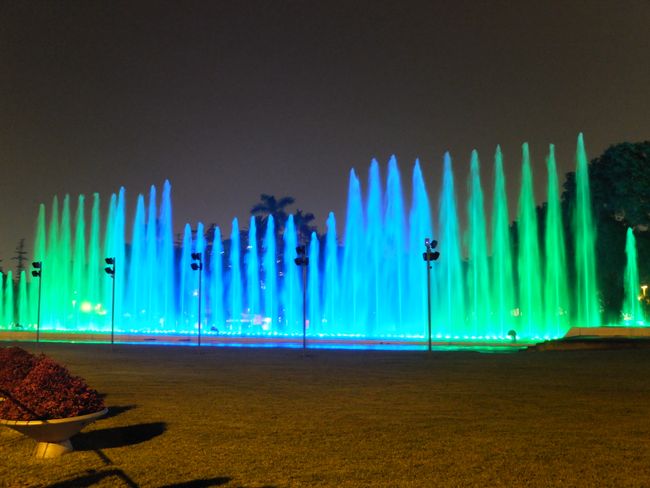
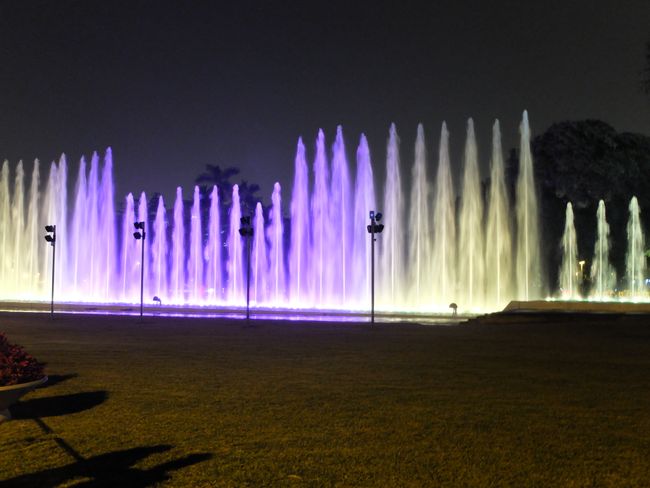
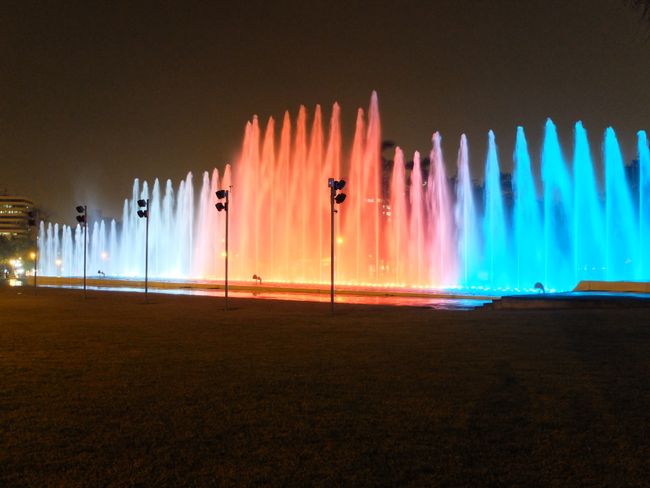
خبری مکتوب کے لیے درخواست دیں
San Antonio (Chile):
San Antonio is a container port used as a disembarkation port for Santiago de Chile. The city is ugly and has nothing to offer, but after five days uninterrupted at sea, it was good to get off the ship. We walked along the harbor promenade (it really is called that), watching the fishing boats and the fish sellers. Everything was fresh, no question, but the German wondered how the cold chain works. We wouldn't have wanted to eat it. Fortunately, we found the only trustworthy restaurant in town, where there was also WIFI. And the coffee was really delicious.
Coquimbo (Chile):
In essence, this place is not nice either. The neighboring town of La Serena has long beaches and is a holiday destination for Peruvians 🏖. We didn't drive there, but instead focused on the one real attraction: The Millennium Cross. You take a taxi 🚕 there, but the taxis have fixed routes. Essentially like a bus and just as cheap. Something special should be created to commemorate 2000 years of Christianity. So a 93-meter high cross was built with the support of Pope John Paul II. It is the tallest in South America. The bells for the bell tower were cast in Germany.
You can walk up 2000 steps 🏃♀️ ... You know us ... or take the elevator. There is an interesting small museum next to the John Paul Chapel. Information about the construction of the cross and many personal items of John Paul II are exhibited there. Especially also about his funeral, very personal pictures. Photography is not allowed there, so there are no photos of it. But it was really impressive.
Afterwards, like most of our fellow travelers, we went in search of a café with WiFi again. Not so easy on a Sunday in Chile. But we found a great pub with very delicious local beer 🍻 , English-speaking staff, and WiFi. Like winning the lottery!
General San Martin (Peru):
Our ship was in a port on the outskirts of nowhere. Or so we thought, because surprisingly there is a national park here. In addition, the Nazca Lines are in close proximity. But the flyover was too expensive for us (750 dollars for 75 minutes). So we opted for a boat tour from Paracas to the "Islas Ballestas", the Galapagos Islands for the less wealthy, as they say here. So we took a speedboat to these islands. You can also see one of the Nazca signs from the boat. The fact that no one knows how these lines got into the rock makes it even more interesting. The trip lasted over 1.5 hours and was well worth it. We saw various bird species, such as cormorants, pelicans, bubis (don't know if that's really what they're called, but everyone always said that) as well as Inca birds (here too I doubt that's their real name, but I haven't found the opposite yet). In addition, Humboldt penguins, mussels, crabs, and lots of sea lions. The sea lion with her offspring right at our boat was particularly cute. The buildings on the rocks belong to the company that "harvests" the guano every seven years. There are always at least two people on the islands, so to speak as security guards, and when it comes to the "harvest time", about 400 people work there for at least four months. The bird droppings are then collected by hand and are a valuable export item (see DIY store - eco fertilizer, 100% natural, that stuff is pretty expensive).
On the beach promenade of Paracas there are some nice restaurants, so we tested the local specialties. Ceviche, Pisco Sour, pineapple juice, and potatoes with a spicy cheese sauce and eggs. All very delicious!
By the way, we spotted dolphins that day, but already early in the morning from the ship.
Lima (Peru):
Lima's port is located in Callao, about 10 kilometers from the capital. Of course, it is an industrial port again. For example, there are plenty of cars from Japanese manufacturers ready for transport. We were warned from all sides not to leave the port area on our own. The three blocks that follow are apparently very dangerous. There have been several robberies on recent cruises, so we refrain from doing so and booked an official tour. "Lima on your own" meant that you would be driven by bus to the old town and picked up and brought back four hours later. Since we had already been here five years ago, that seemed quite sufficient to us. We were very Catholic on the go. On the Plaza Mayor, there is, among other things, the presidential palace. Since the President of Peru had to resign on Wednesday (bribery scandal, as with almost all presidents of Peru for the past 17 years), we were there on a day without a head of state. It was crowded with cameras and the television had also set up on the balcony of one of the colonial houses directly on the square. The Vice President, who will now take over according to the Constitution, is currently Ambassador to Canada and is not yet in the country. We first visited the cathedral. It is very impressive and there are plenty of exhibits there. In addition, the mortal remains of Francisco Pizarro, the founder of Lima (and Spanish conqueror), are buried here. Then we visited the archbishop's palace and, as on our first visit, were impressed. We only briefly visited the Santo Domingo San Francisco Monastery, as there was not much time left. In the evening, we took part in another tour, "Lima at night - Magical Fountains". 13 fountains illuminated at night are the latest and most visited attraction in the city. Even though we were traveling with a total of 280 retirees from the MS Zaandam, it was fun. One Englishwoman said to us, "Like sheep!" She's right 😂.
Next stop with internet access, there will be a few more photos of Lima. Unfortunately, time did not allow for more.
خبری مکتوب کے لیے درخواست دیں
جواب دیں۔ (1)
Regina
Tolle Bilder starker Bericht